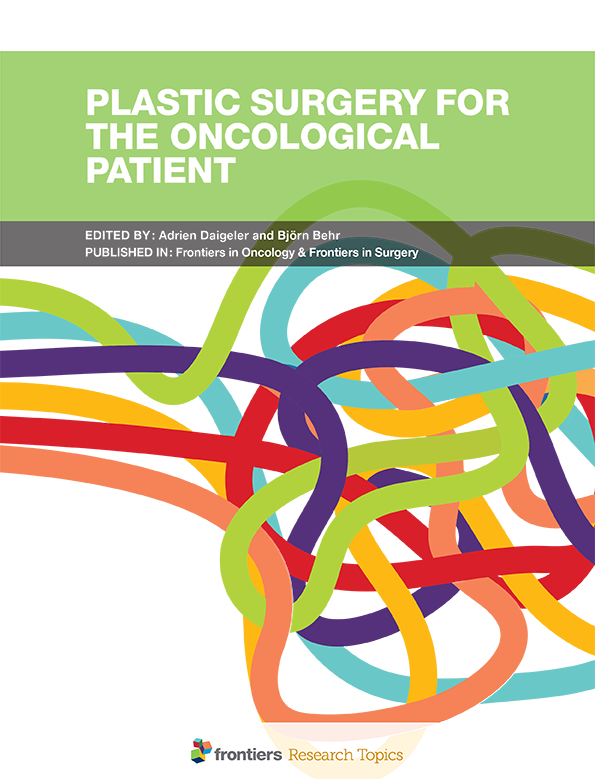Genomic alterations in the stepwise progression from normal mucosa to metastasizing oral squamous cell carcinoma
IF 3.5
3区 医学
Q2 ONCOLOGY
引用次数: 0
Abstract
IntroductionThe aim of this study was to investigate the genomic changes that occur in the development from dysplasia, cancer and to regional metastases in patients with oral cavity squamous cell carcinoma (OSCC).Material and methodsWe included OSCC patients with lymph node metastases at diagnosis, treated with primary surgery at Rigshospitalet, University of Copenhagen in the period 2007-2014. The resected tumor specimens were evaluated by a pathologist, who marked areas of morphologically normal tissue and dysplasia surrounding the cancer, two areas from the cancer tissue, and one area within the lymph node metastases. From these areas a punch biopsy was taken, and DNA from each sample was extracted and sequenced using Illumina’s TSO500 HT cancer panel.ResultsFrom 51 OSCC patients, 255 samples were included, comprising a wide variety of genomic alterations. Substantial intratumor heterogeneity was found. The most commonly mutated gene was从正常黏膜逐步发展为转移性口腔鳞状细胞癌过程中的基因组变化
导言:本研究旨在探讨口腔鳞状细胞癌(OSCC)患者从发育不良、癌变到区域转移过程中发生的基因组变化。病理学家对切除的肿瘤标本进行了评估,并在肿瘤周围形态正常的组织和发育不良的区域、肿瘤组织的两个区域以及淋巴结转移的一个区域做了标记。结果51名OSCC患者共采集了255个样本,其中包括多种基因组改变。结果从 51 例 OSCC 患者的 255 份样本中,发现了多种基因组改变。最常见的突变基因是 TP53,在所有样本中有 65% 发生了突变。只有两名患者的样本中没有 TP53 基因突变。我们发现,形态正常的粘膜和周围发育不良的粘膜也含有恶性突变,这支持了现场癌化理论。淋巴结转移瘤的平均肿瘤突变负荷(TMB)明显低于原发肿瘤,支持克隆选择理论。TP53基因突变是最常见的基因突变,除两名患者外,其他患者均存在该基因突变。我们的数据有力地支持了克隆选择理论和野外癌化理论。
本文章由计算机程序翻译,如有差异,请以英文原文为准。
求助全文
约1分钟内获得全文
求助全文
来源期刊

Frontiers in Oncology
Biochemistry, Genetics and Molecular Biology-Cancer Research
CiteScore
6.20
自引率
10.60%
发文量
6641
审稿时长
14 weeks
期刊介绍:
Cancer Imaging and Diagnosis is dedicated to the publication of results from clinical and research studies applied to cancer diagnosis and treatment. The section aims to publish studies from the entire field of cancer imaging: results from routine use of clinical imaging in both radiology and nuclear medicine, results from clinical trials, experimental molecular imaging in humans and small animals, research on new contrast agents in CT, MRI, ultrasound, publication of new technical applications and processing algorithms to improve the standardization of quantitative imaging and image guided interventions for the diagnosis and treatment of cancer.
 求助内容:
求助内容: 应助结果提醒方式:
应助结果提醒方式:


